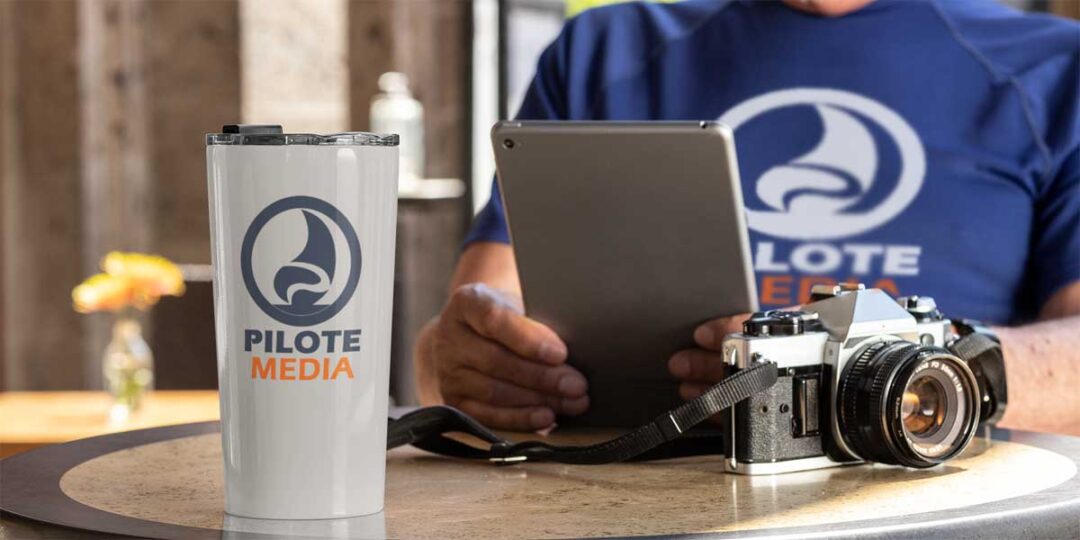What is the point of Branding? Why invest so much time and effort for such a long-term payback? One of the answers could be that a brand provides some buffer or protection from criticism that would otherwise be exposed during times of crisis.
Why is Apple worth so much more than the value of it’s earnings? It’s not the logo. If the logo is the face of your business, then the brand is the soul. But this article is a bit deeper than that.
Branding has an impact on elasticity – an economics term that in turn has an impact on consumer behaviour. If done right, a brand makes a product or service unique – so it is harder for customers to find substitutes. Small increases in price will not result in large changes in demand.
Consumers are changing. We are told that price is less important to some customers than experience. Experience elasticity could also be affected by your brand. Customers may put up with more friction during their customer journey if they are invested in your brand.
The strength of your brand, and the degree to which customers will put up with a ‘bad’ experience will determine the elasticity.
Let’s use coffee as an example. Coffee is a commodity. Beans. Hot water. Perhaps milk. Coffee without a brand is just another beverage with a kick. But coffee is also an experience – it has a taste, a temperature, perhaps a routine. So it is not enough to just brand the ingredients, the customer experience (CX) needs to be branded too.
Think of a coffee brand… your coffee brand of choice (if you have one). What are the promises it makes to you? Perhaps drinking a certain kind of coffee makes a statement and making that statement is more important than the brown liquid inside the cup.
Elasticity is also affected by switching costs. If your brand creates uniqueness, then switching becomes harder. Even if Coke was exactly the same as Pepsi, you couldn’t switch between them because brand Coke is not the same as brand Pepsi.
Switching costs can also be engineered into the customer experience. Nespresso is probably the best example of this. You need a specific machine and specially designed capsules to experience Nespresso. Once you have invested in a machine that can only make coffee using the capsules, the switching costs are higher.
Customers may be willing to accept that there are limited Nespresso stores and that capsules are hard to get. They may put up with a website that has a sub-optimal user experience (UX) because they are locked into buying coffee in a certain way. You need a very strong brand to be able to pull this off – and after losing a court case to stop other coffee makers using the capsule design for use in Nespresso machines – the brand may need to reassess what the real value promise is.
If the value is in the machines, and not the coffee, could you cross-pollinate two seemingly competing brands? Yes. We have reached peak coffee branding. Starbucks by Nespresso! shows that brands with different promises and experiences can be combined to leverage overlapping markets, and perhaps, take advantage of customers’ tendency to switch.
This kind of marketing requires that brand managers and owners leave their egos at the door and think about the bigger picture. Why would Netflix build a player for Sony Playstation? Because there are over 100 million PS4 consoles connected to the internet and TVs around the world.
And maybe these two brands understand their buyer personas and value proposition in relation to the market. Perhaps they understand that some purists argue that neither Starbucks or Nespresso is very ‘good’ coffee. Which is why, at launch, there is a Blonde Espresso Roast product in the offer.
Remember your Brand DNA. What are you being truthful to? Get it right and your brand can provide you some insulation from disruption to the supply chain or clunky customer experiences that have been adapted in response to a crisis.

